Originally Posted At: https://breakingmuscle.com/feed/rss
Some people had a unique introduction to physical strength. At one point, they may have seen a person lift a heavy weight — whether it was a family member moving an “immovable” piece of furniture, a muscular athlete completing a “bench press challenge” on television, or a superhero hoisting a car overhead to save the day — and the spark was ignited.
These feats of strength left an indelible impression and, sooner or later, they found their way into the gym and began developing their own muscular prowess. A few of the most straightforward avenues for lifters to test themselves is with “the big three” powerlifts — the squat, bench press, and deadlift.
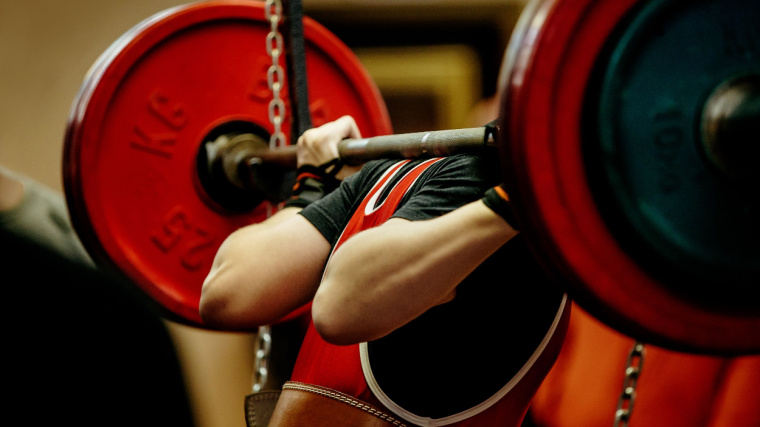
Competitive powerlifting offers a chance for lifters of any age, size, or experience to compare themselves to modern day peers as well as legendary lifters of the past. Here’s a look at what it takes to complete remarkable powerlifting performances.
Powerlifting Records
What is Powerlifting?
To begin on page one, it’s important to understand what “powerlifting” actually is. While it might sound counterintuitive, powerlifting is distinctly different from weightlifting. The sport of weightlifting, as presented in the Summer Olympics, challenges athletes with the snatch and clean & jerk movements. Powerlifting tests athletes with the back squat, flat bench press, and deadlift (either conventional stance or sumo) to complete a “total” weight lifted for the contest.
The sport of powerlifting formally began in 1964 with “The Powerlifting Tournament of America” being the first organized and recognized competition of the squat, bench press, and deadlift. Perhaps not coincidentally, the contest was held in York, Pennsylvania — home of US Olympic weightlifting coach and founder of York Barbell, Bob Hoffman.
As powerlifting continued to grow, both across the United States and internationally. By the 1980s, it was considered a full-fledged, albeit niche, competitive sport. From the late 1970s until the early 2010s, it garnered enough widespread attention to warrant a dedicated print magazine, Powerlifting USA, which showcased sport-specific news and training features.
As the sport of powerlifting grew in popularity, recreational lifters found a relatable outlet for testing their strength. While Olympic weightlifting is largely considered to rely on significant exercise technique, the big three powerlifts are relatively more simple to learn, making them more accessible to the average gym-goer.
Powerlifting, in general, has nearly become synonymous with simply trying to build sheer strength in the gym. However, the sport itself has always revolved around three foundational exercises performed under specific criteria. If lifts are performed with different or “loose” technique, they’re ineligible for an official record.
Squat
In a powerlifting competition, the barbell back squat is the first of three movements tested. Depending on the specific federation and ruleset, the barbell is either supported on squat stands or in a monolift — a hydraulic-assisted machine which allows lifters to set up in a squat stance without repositioning their feet.
Powerlifting squats are universally tested by requiring lifters to descend until their hip joint is parallel to their knee joint. This is where the common cue “squat to parallel” comes from. Contrary to some common opinions, “parallel” is not necessarily related to the lifter’s thigh position because heavily muscled legs may not appear to reach parallel when the hip is at a suitable depth.
Lifters may use either a low bar or high bar setup, depending on their individual preference. The key performance factor is reaching the target depth, and the lifter’s body type and mobility will dictate their most efficient technique.
Bench Press
The flat barbell bench press is the sole test of pure upper body strength in a powerlifting competition. The majority of powerlifting federations have grip standards, often maintaining a grip that has at least one finger in contact with the pre-set ring markers on the barbell. Lifters must keep their head, shoulders, and glutes in contact with the bench throughout the entire press, while also keeping their feet touching the floor.
The barbell is lowered to chest-level and must remain in contact with the athlete’s body until a judge gives the “press” command to begin the ascent. This ensures a consistent depth marker for each lifter while helping to prevent momentum from bouncing the bar off of the chest. The bar is then held in the locked out position until the lifter receives a judge’s command to “rack.”
Controversially, lifters may initially set up with an arch in their lower back which may add pressing stability and reduce their range of motion, making the lift less challenging. However, some federations, such as the International Powerlifting Federation (IPF), have taken steps to limit the degree of arch lifters may use.
Deadlift
“The meet doesn’t start until the bar hits the floor,” is a common phrase heard in powerlifting circles to emphasize the importance of the contest’s final movement — the deadlift. With the bar beginning on the floor, lifters must complete a deadlift in one smooth motion. Jerking or “hitching” the bar up the thighs disqualifies the lift. Full lockout is achieved when the lifter’s legs are straight and their shoulders are behind the bar.
In competition, powerlifters are not allowed to use lifting straps, but can grab the bar with a double-overhand, mixed (over/underhand), or hook grip (grabbing the thumbs along the underside of the bar).
Internet meme culture seems to enjoy claiming that “sumo deadlifts don’t count,” but no actual powerlifting organization has fallen in line with that approach. Lifters are free to choose their own deadlift stance — conventional, sumo, or somewhere in between — according to their individual leverages and optimal power output.
Total
The powerlifter’s total is the sum of their best performance in each of the three lifts. Powerlifters get three attempts for each movement, with only the highest weight being tallied for their total. If a lifter fails all three attempts at an exercise (aka “bombs out”), they are unable to post a total.
Informally and outside of competitions, some lifters recognize benchmarks such as “the 1,000-pound club” (454 kilograms), where a 1,000-pound/454-kilogram total is reached in the big three lifts in a recreational gym setting.
In competition, an elite total is generally considered to be 10-times the lifter’s body weight. However, in men’s heavier weight classes (generally 220-pounds/100-kilograms), totals approaching 2,000 pounds (907 kilograms) are considered “elite,” and are the sign of a highly advanced strength athlete. Women’s competitors have ideal totals that are similar, but reduced slightly.
Powerlifting Divisions and Categories
Competitors in the sport of powerlifting are separated not only by weight class, but by age group, sex assigned at birth, and the use (or lack) of supportive equipment. Each of these variables are relevant factors to determining powerlifting records.
Weight Classes
In the majority of powerlifting federations, weight classes are broken up in roughly 15 to 25-pound (seven to 11 and a half-kilogram) increments. The IPF — the oldest, largest, and arguably most well-known federation — has eight weight classes for men and women, all using slightly adjusted categorizations compared to other federations. The most commonly found weight classes are as follows:
Men’s weight classes:
- 52 kilograms (114 pounds)
- 56 kilograms (123 pounds)
- 60 kilograms (132 pounds)
- 67.5 kilograms (148 pounds)
- 75 kilograms (165 pounds)
- 82.5 kilograms (181 pounds)
- 90 kilograms (198 pounds)
- 100 kilograms (220 pounds)
- 110 kilograms (242 pounds)
- 125 kilograms (275 pounds)
- 140 kilograms (308 pounds)
- 140+ kilograms (above 308 pounds)
Women’s weight classes:
- 44 kilograms (97 pounds)
- 48 kilograms (105 pounds)
- 52 kilograms (114 pounds)
- 56 kilograms (123 pounds)
- 60 kilograms (132 pounds)
- 67.5 kilograms (148 pounds)
- 75 kilograms (165 pounds)
- 82.5 kilograms (181 pounds)
- 90 kilograms (198 pounds)
- 90+ kilograms (above 198 pounds)
At competitions, athletes typically weigh-in no more than two hours before the start of the contest and they must weigh below the weight cap for their class. This helps to ensure that athletes in a given weight class are competing at generally comparable body sizes.
Age Groups
Similarly, age divisions are most often categorized by younger athletes (Sub-Junior and Junior), open competitors (without specific age guidelines), and Masters (lifters over 40 years old).
Sub-Junior lifters are generally 14 to 18 years old, while Junior lifters are 19 to 23 years old. To more accurately designate competitors, Masters athletes are typically sorted into five to 10-year increments. For example, “Masters I” may incorporate ages 40 to 49; “Masters II,” ages 50 to 59; “Masters III” would include 60 to 69-year old competitors, and “Masters IV” collectively compares athletes over 70.
Men and Women
The majority of powerlifting federations require athletes to compete according to the gender they were assigned at birth. In recent years, this has become an increasingly complicated situation particularly with regard to transgender strength athletes.
The categorization, and whether or not the athletes can compete in any capacity, often comes down to the individual powerlifting organization. For example, USA Powerlifting (USAPL) does not permit female-to-male athletes to compete in the Men’s division. The USAPL stands by their consistent stance which forbids any athlete from competing when using external androgens for therapeutic use, whether it is a transgender athlete maintaining normal-range testosterone levels or an aging cisgender men’s competitor maintaining similar testosterone levels.
The USAPL also does not allow male-to-female athletes to compete in the Women’s division, citing potentially lingering physiological benefits the athlete may experience from the period before transition. However, the data on those benefits is mixed, and potentially negligible. (1)
The IPF, however, follows the International Olympic Committee (IOC) guidelines regarding transgender athletes. In the IPF, as well as several other organizations, male-to-female athletes may compete in the Women’s division as long as they meet specific criteria such as declaring their gender identity and maintaining it for a minimum of four years, as well as documenting decreased testosterone levels for at least 12 months prior to competing.
The IPF also allows female-to-male powerlifters to compete as long as their testosterone levels are within the normal range for Men’s competitors.
Raw vs. Equipped
Raw lifting and equipped lifting are two of the most significant forks in the road when it comes to competitive powerlifting. The differentiation is built around whether or not the powerlifting wears specialized clothing to support and assist each movement.
In raw powerlifting, athletes typically use a weightlifting belt to support their core, knee sleeves to stabilize their knee joints during the squat, and wrist wraps for joint stability during the bench press. Knee wraps, which differ from sleeves and provide more direct benefit to increasing squat strength, are sometimes considered a slight variation of raw lifting — often designated “raw with wraps.”
With equipped lifting, competitors are allowed to use specially designed shirts and/or briefs (shorts) which aid in the completion of the lifts. The unique gear is essentially designed to be extremely stiff, which resists bending or flexing. While this can be an advantage in locking out the weight on a given exercise, it also makes the descent more challenging.
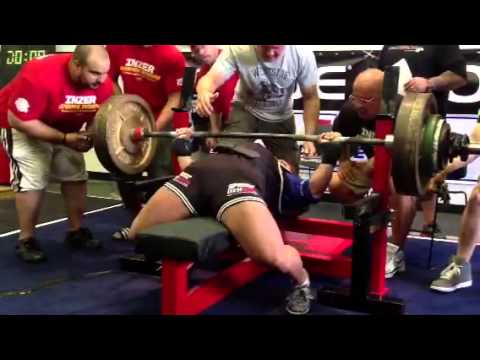
Equipped gear is designed in a variety of “levels” — single-ply or multi-ply — depending on the amount of assistance provided, as determined by the thickness and construction of the gear. Equipped lifting generally allows the use of heavier weights in competition.
However, equipped records in the deadlift are, interestingly, rarely higher than raw deadlifts. Likely due to standard deadlift technique, starting in the bottom position, which doesn’t allow briefs to provide significant assistance.
Current Powerlifting Records
For some general context, here’s a brief snapshot of several powerlifting records which currently stand (as of the time of this writing).
Squat
- 305 kilograms (672.4 pounds) Men’s Raw — Austin Perkins — 74.9 kilograms (165 pounds)
- 342.5 kilograms (755 pounds) Men’s Multi-Ply — Gerard McNamara — 60 kilograms (132 pounds)
- 366 kilograms (806.9 pounds) Raw with Wraps — Chris Pugh — 82.1 kilograms (181 pounds)
- 471 kilograms (1,038.3 pounds) Men’s Single-Ply — Ed Coan 109.8 kilograms (242 pounds)
- 490 kilograms (1,080.2 pounds) Men’s Raw — Ray Williams — 140+ kilograms (308+ pounds)
- 162 kilograms (354.9 pounds) Women’s Raw — Tiffany Chapon — 47.6 kilograms (105 pounds)
- 263 kilograms (578.7 pounds) Women’s Single-Ply — Carola Garra — 67.1 kilograms (148 pounds)
- 305 kilograms (672.4 pounds) Women’s Raw with Wraps — Hunter Henderson — 82.1 kilograms (181 pounds)
- 285.5 kilograms (629.4 pounds) Women’s Raw — Sonita Muluh — 90+ kilograms (198+ pounds)
- 367.5 kilograms (810.2 pounds) Women’s Multi-Ply — Amber Hanson — 90 kilograms (198 pounds)
Bench Press
- 205.5 kilograms (453 pounds) Men’s Masters II Raw — David Ricks — 93 kilograms (205 pounds)
- 213.4 kilograms (470.7 pounds) Men’s Raw — Eddie Berglund — 67.1 kilograms (148 pounds)
- 272.8 kilograms (600.7 pounds) Men’s Raw — John Haack — 99.8 kilograms (220 pounds)
- 351.5 kilograms (774.9 pounds) Men’s Single-Ply — Kostiantyn Musiienko — 99.8 kilograms (220 Pounds)
- 408.3 kilograms (900 pounds) Men’s Multi-Ply — Jason Coker — 89.8 kilograms (198 pounds)
- 142.9 kilograms (315 pounds) Women’s Raw — Cosette Neely — 44 kilograms (97 Pounds)
- 146 kilograms (321.8 pounds) Women’s Masters I Raw — Jennifer Thompson — 67.1 kilograms (148 pounds)
- 182.5 kilograms (402.3 pounds) Women’s Raw — Emily Hu — 59.8 kilograms (132 pounds)
- 225 kilograms (496 pounds) Women’s Single-Ply — Rhaea Stinn — 82.1 kilograms (181 pounds)
- 240.4 kilograms (530 pounds) Women’s Multi-Ply — Laura Phelps-Stackhouse — 74.8 kilograms (165 pounds)
Deadlift
- 408.7 kilograms (901 pounds) Men’s Single-Ply — Ed Coan — 99.8 kilograms (220 pounds)
- 410 kilograms (903.9 pounds) Men’s Raw — John Haack — 89.8 kilograms (198 pounds)
- 440 kilograms (970 pounds) Men’s Raw — Benedikt Magnusson — 140+ kilograms (308+ pounds)
- 457.5 kilograms (1,008.6 pounds) Men’s Multi-Ply — Andy Bolton — 140+ kilograms (308+ pounds)
- 487.5 kilograms (1,074.7 pounds) Men’s Raw — Danny Grigsby — 124.7 kilograms (275 pounds)
- 200 kilograms (440.9 pounds) Women’s Raw — Heather Connor — 47.6 kilograms (105 pounds)
- 222.5 kilograms (490.5 pounds) Women’s Single-Ply — Carrie Boudreau 55.8 kilograms (123 pounds)
- 275 kilograms (606.2 pounds) Women’s Raw — Kristy Hawkins — 74.8 kilograms (165 pounds)
- 290 kilograms (639.3 pounds) Women’s Raw — Tamara Walcott — 89.8+ kilograms (198+ pounds)
- 315 kilograms (694.4 pounds) Women’s Multi-Ply — Becca Swanson 89.8+ kilograms (198+ pounds)
Total
- 838.4 kilograms (1,848.5 pounds) Men’s Raw — Taylor Atwood — 74.8 kilograms (165 pounds)
- 985 kilograms (2,171.5 pounds) Men’s Single-Ply — Oleksandr Kutcher — 74.8 kilograms (165 pounds)
- 1,033.5 kilograms (2,254.2 pounds) Men’s Raw — John Haack — 89.8 kilograms (198 pounds)
- 1,152.5 kilograms (2,540.9 pounds) Men’s Raw — Jesus Olivares — 140+ kilograms (308+ pounds)
- 1,360.8 kilograms (3,000 pounds) Men’s Multi-Ply — Donnie Thompson — 140+ kilograms (308+ pounds)
- 428.5 kilograms (944.6 pounds) Women’s Raw — Tiffany Chapon — 47.6 kilograms (105 pounds)
- 687.5 kilograms (1,515.6 pounds) Women’s Raw — Kristy Hawkins — 74.8 kilograms (165 pounds)
- 726 kilograms (1600.5 pounds) Women’s Single-Ply — Agata Sitko — 82.1 kilograms (181 pounds)
- 725 kilograms (1,620.4 pounds) Women’s Raw — Tamara Walcott — 89.8+ kilograms (198+ pounds)
- 816.5 kilograms (1,800 pounds) Women’s Multi-Ply — Laura Phelps-Stackhouse — 74.8 kilograms (165 pounds)
References
- Roberts TA, Smalley J, Ahrendt DEffect of gender affirming hormones on athletic performance in transwomen and transmen: implications for sporting organisations and legislatorsBritish Journal of Sports Medicine 2021;55:577-583.
Featured Image:Real Sports Photos / Shutterstock
The post Powerlifting Records: How to Compare Your Lifts to the All-Time Greats appeared first on Breaking Muscle.

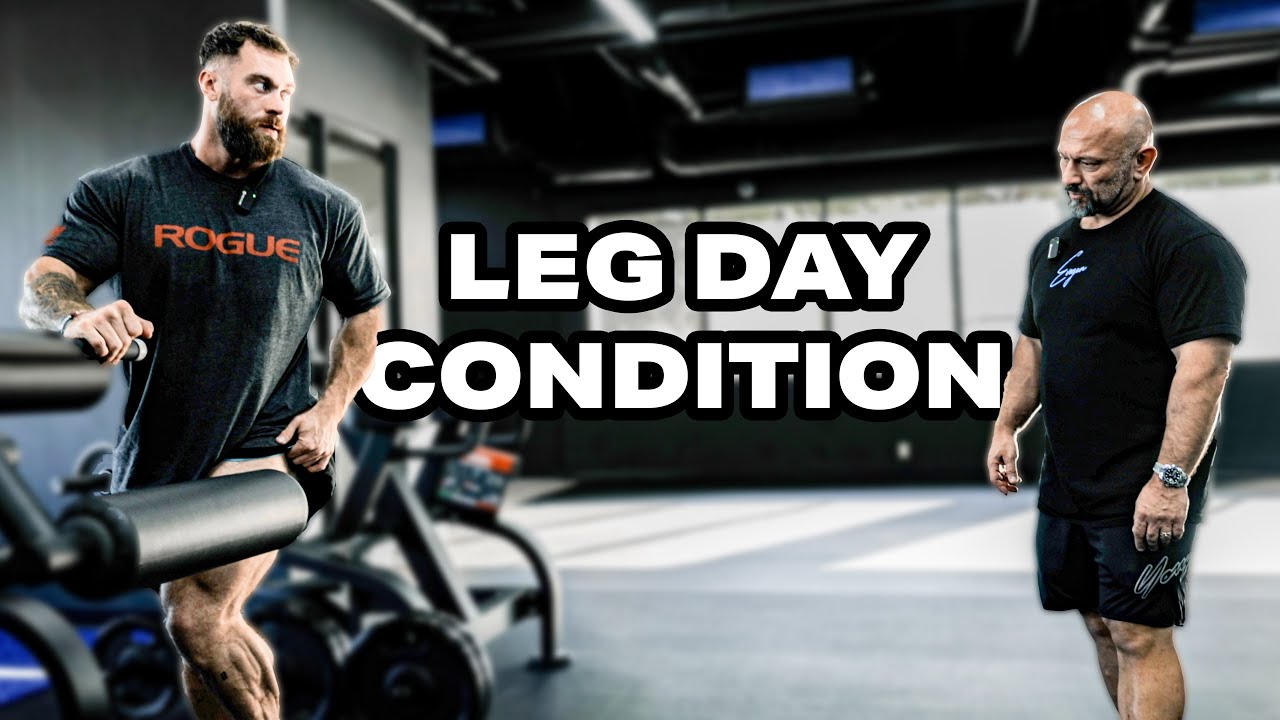

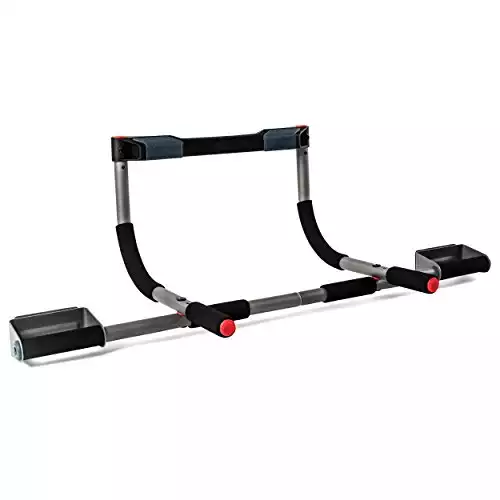
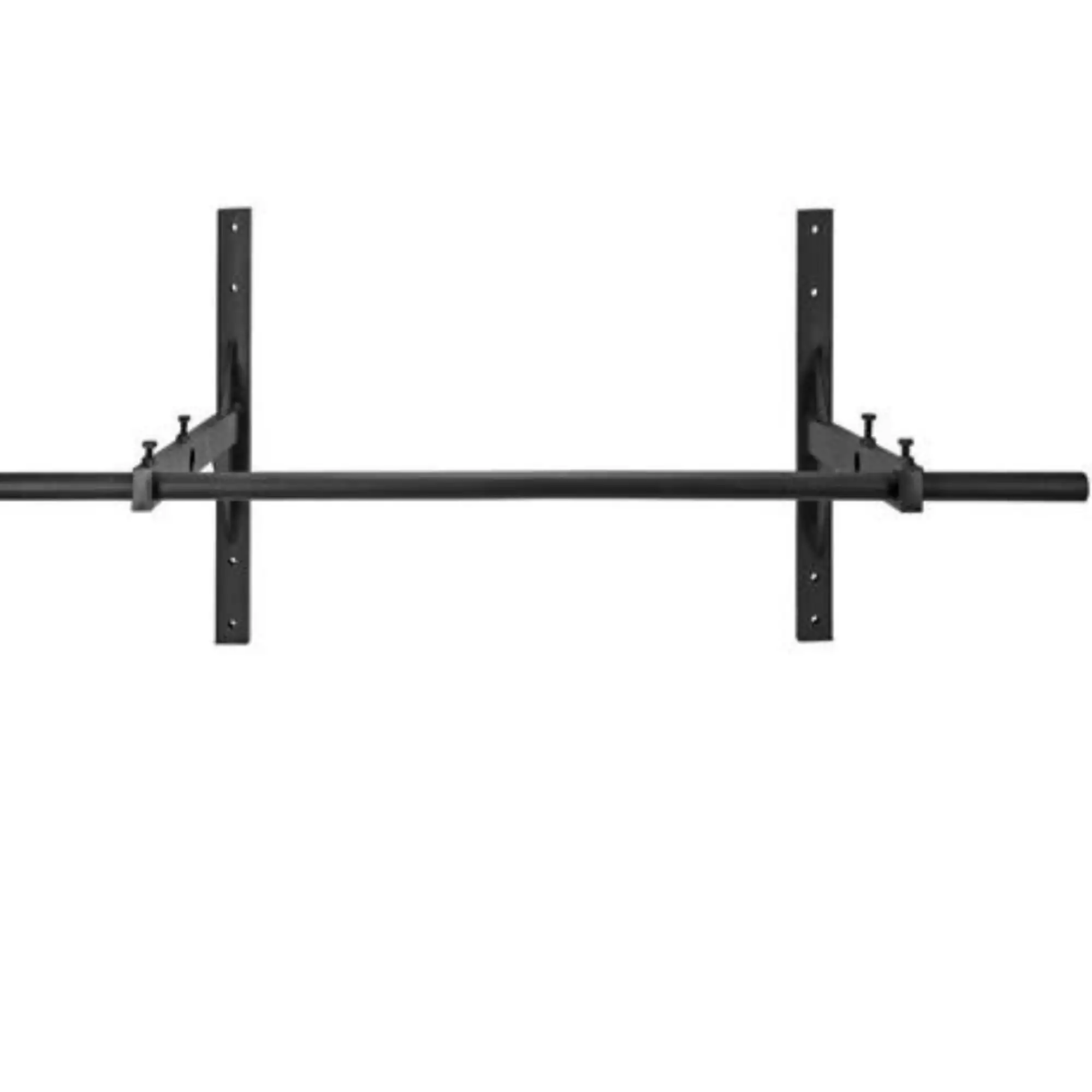

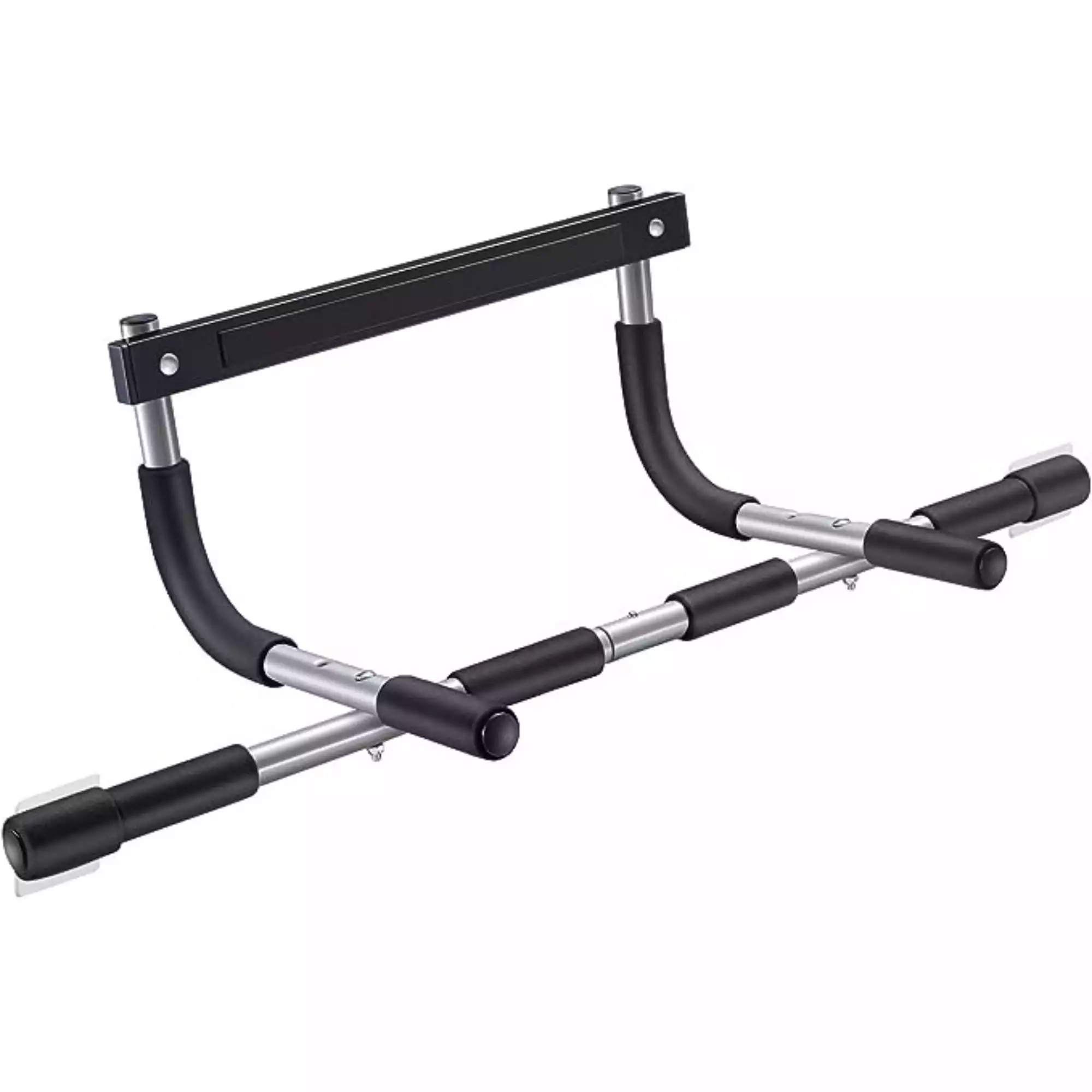
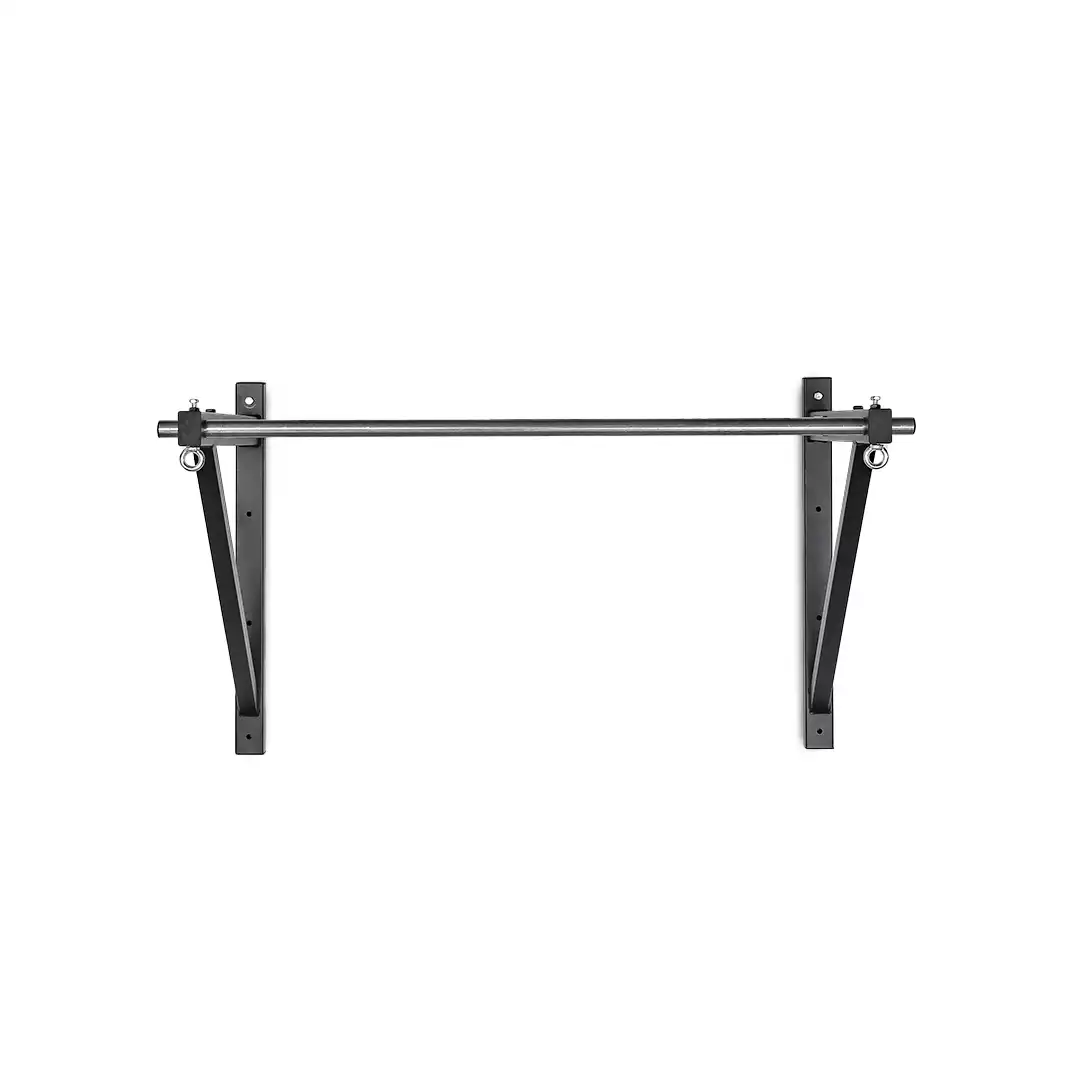
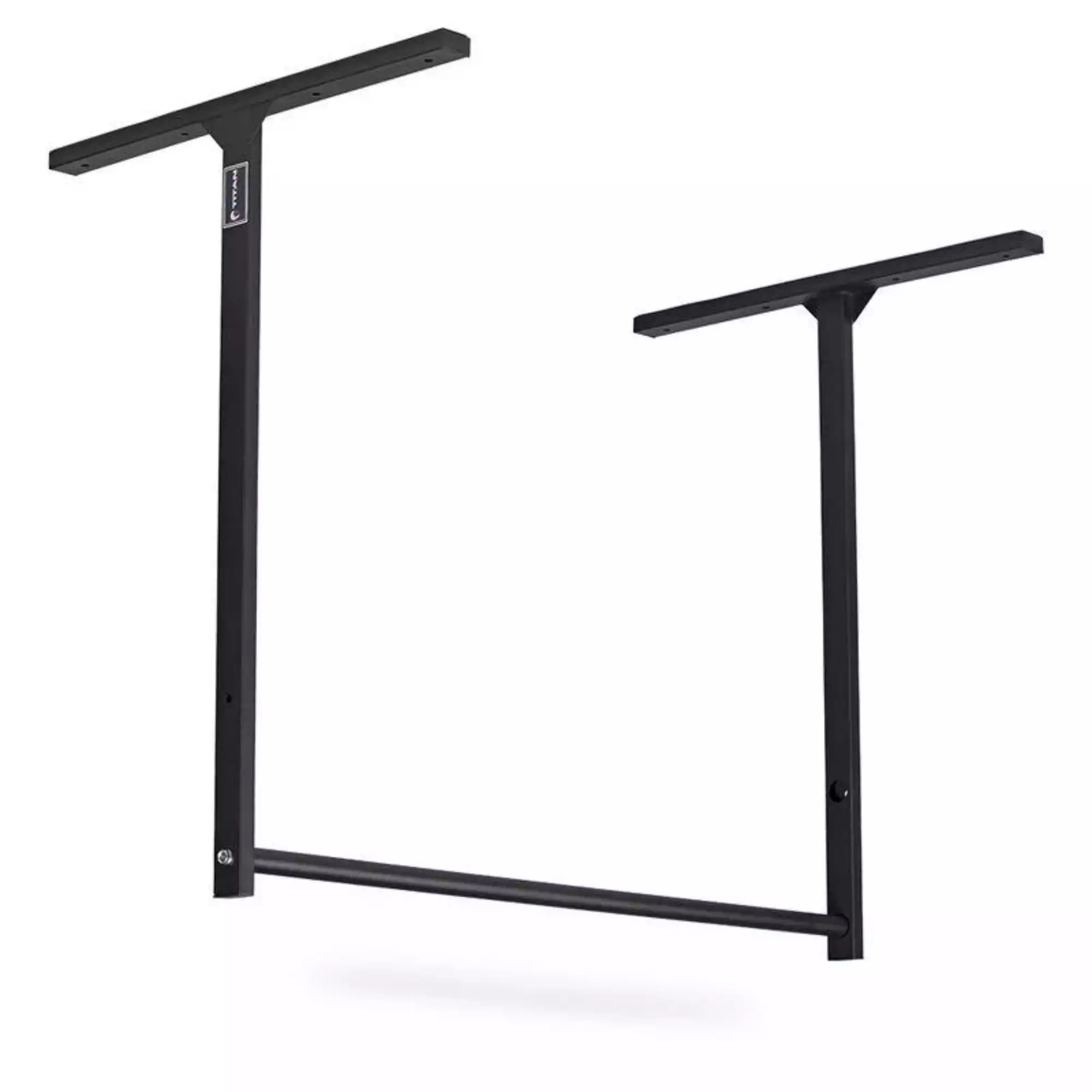
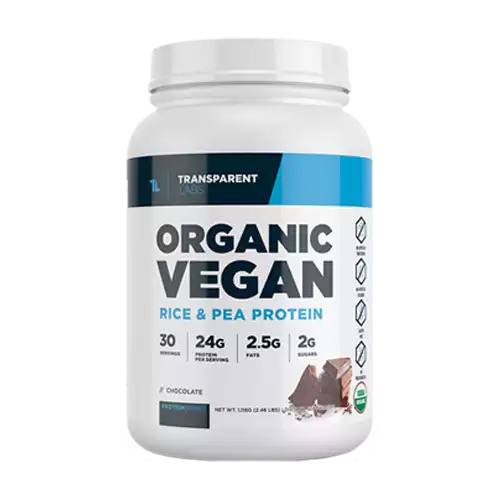
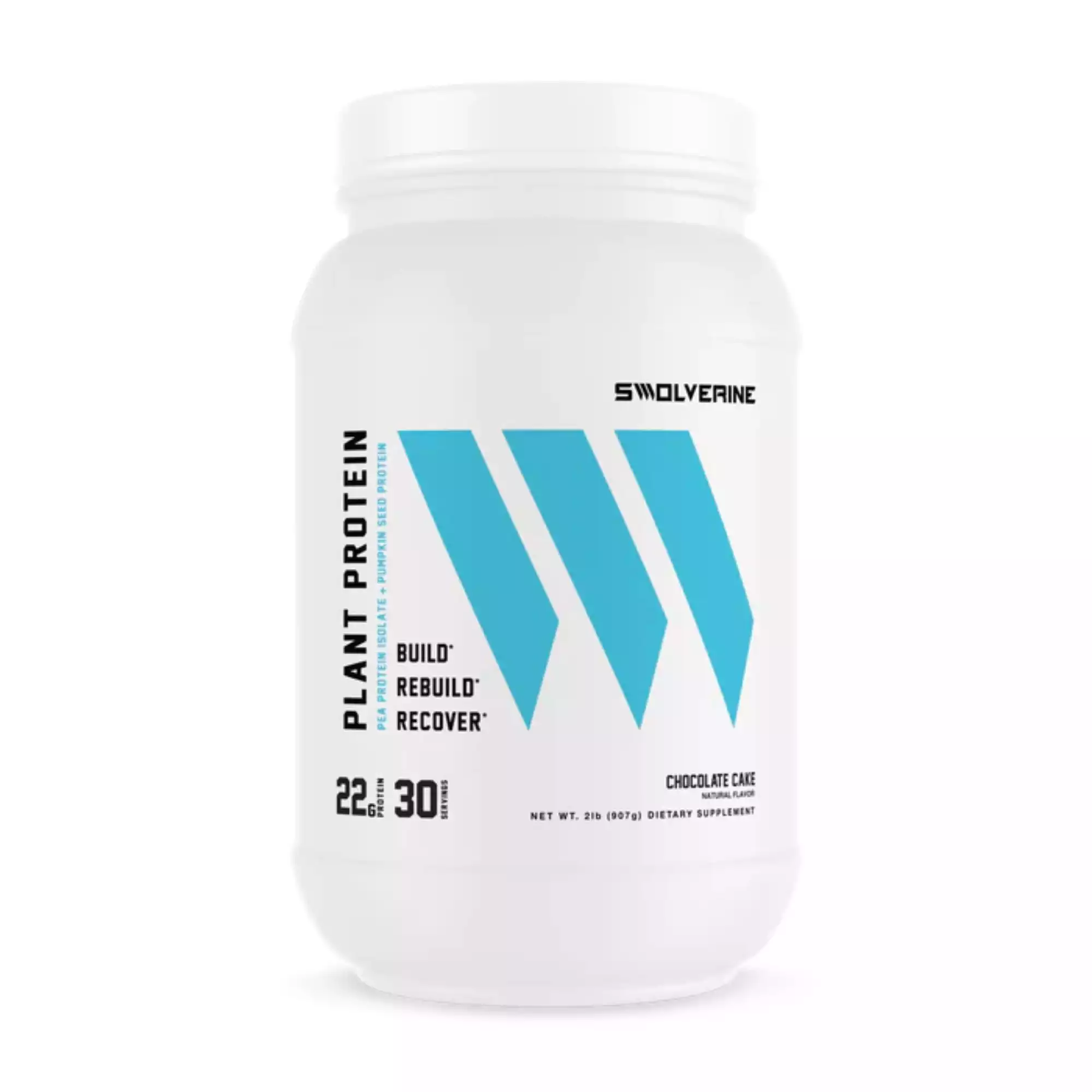
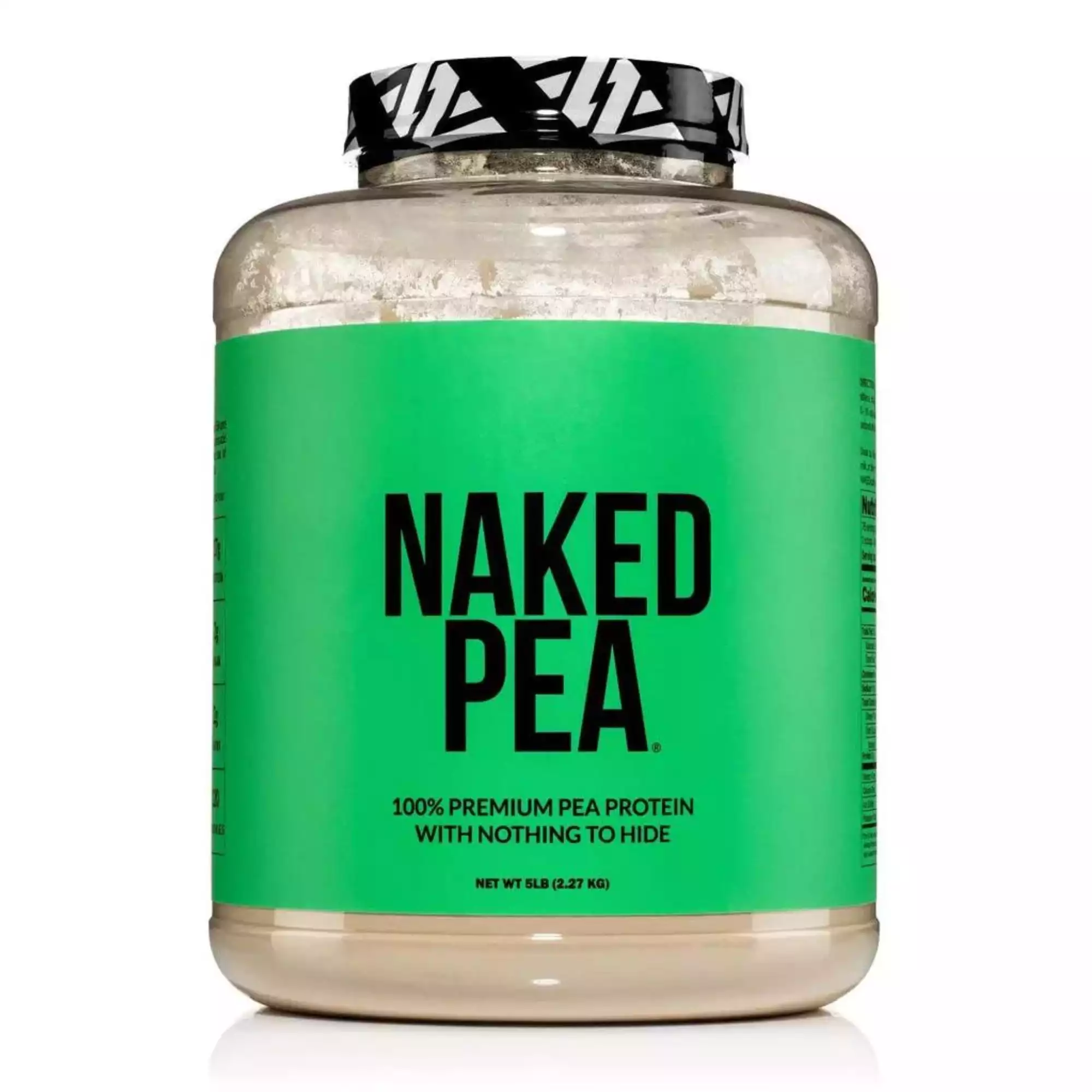
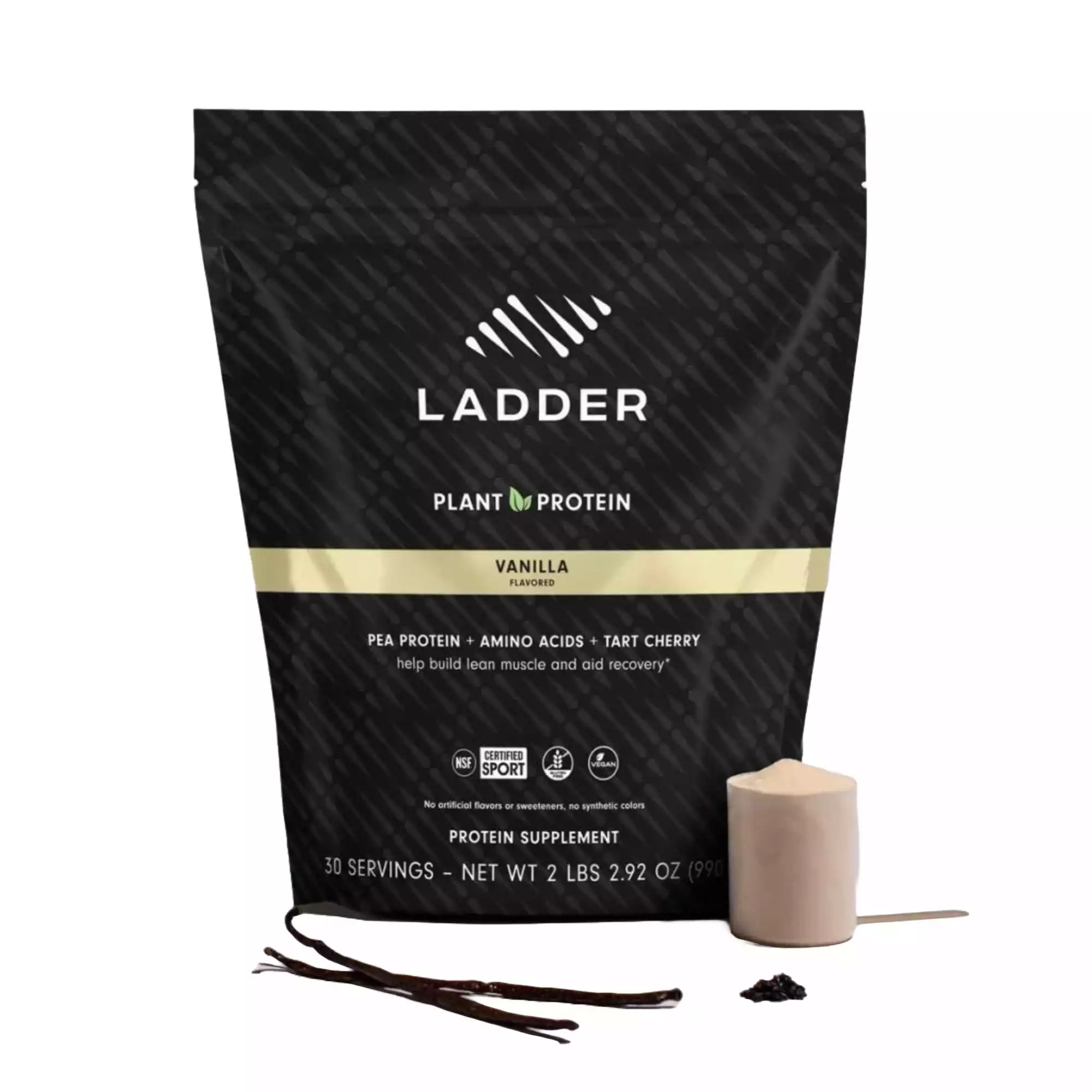
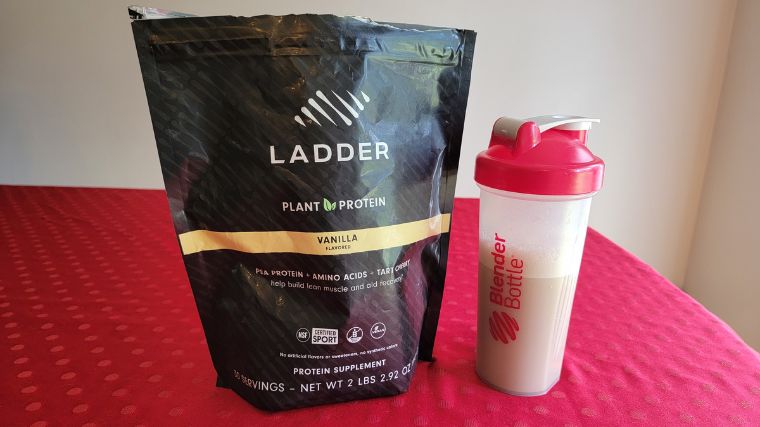

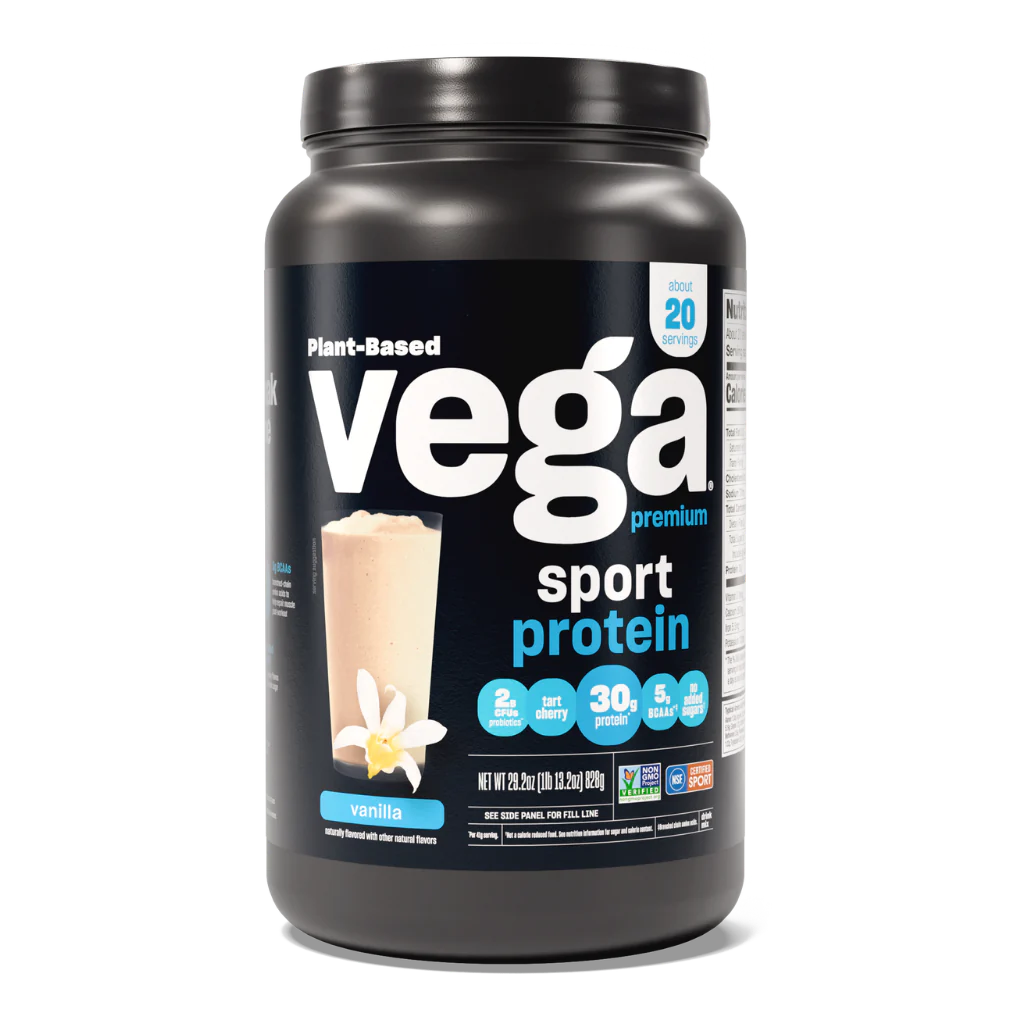
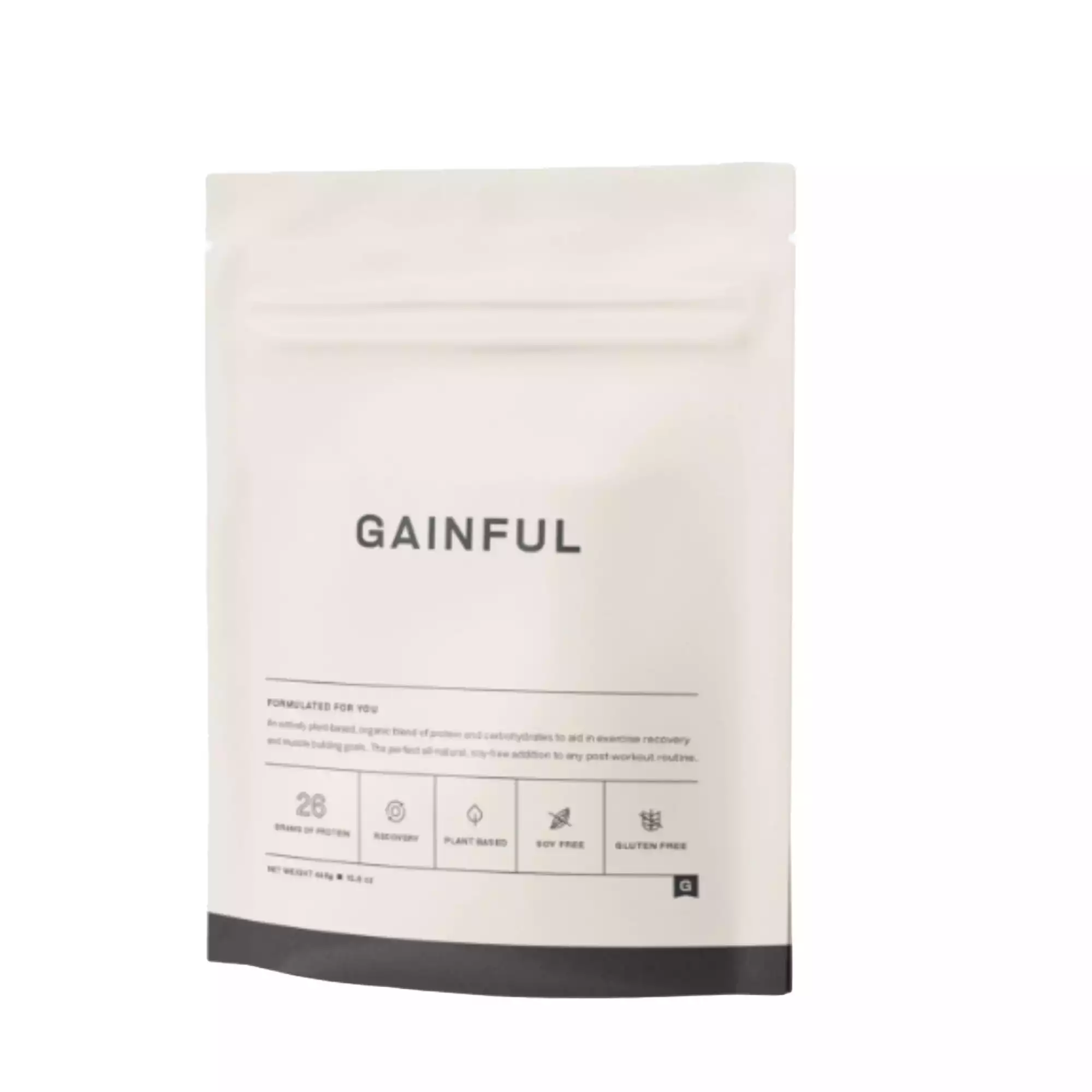






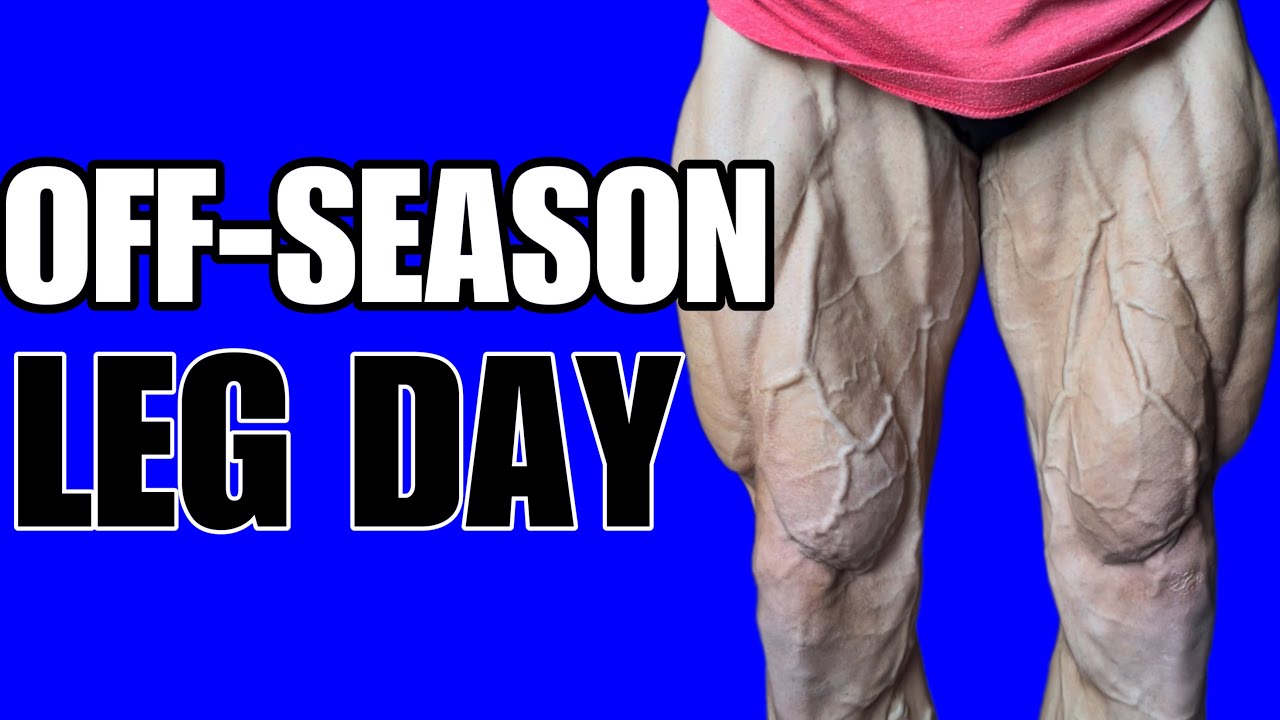
 (@1stphorm)
(@1stphorm)

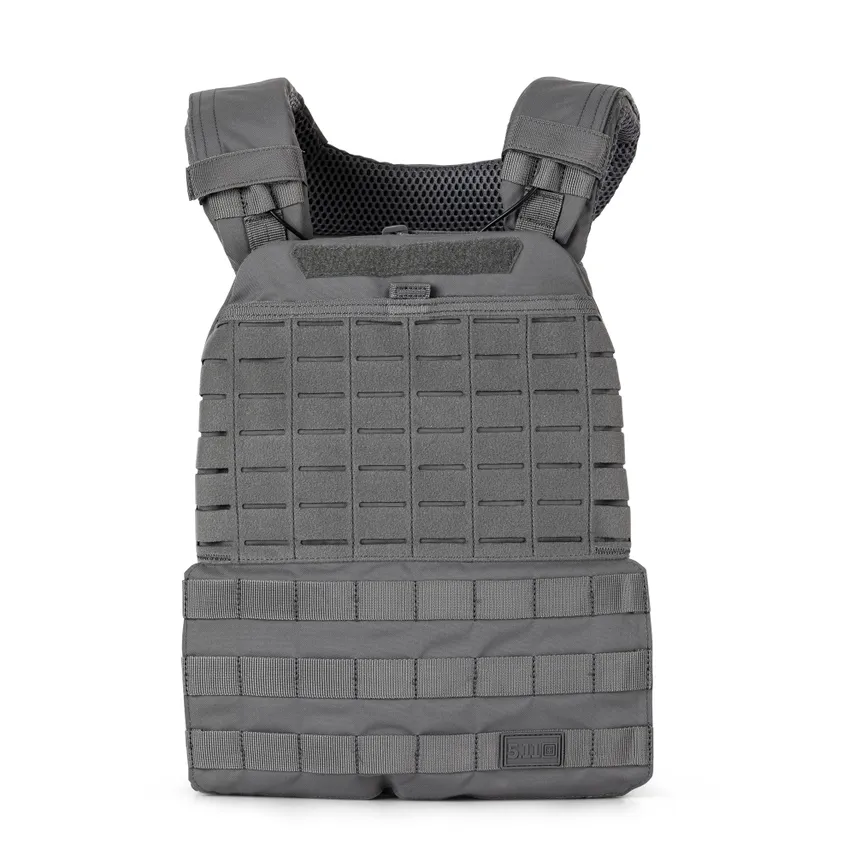


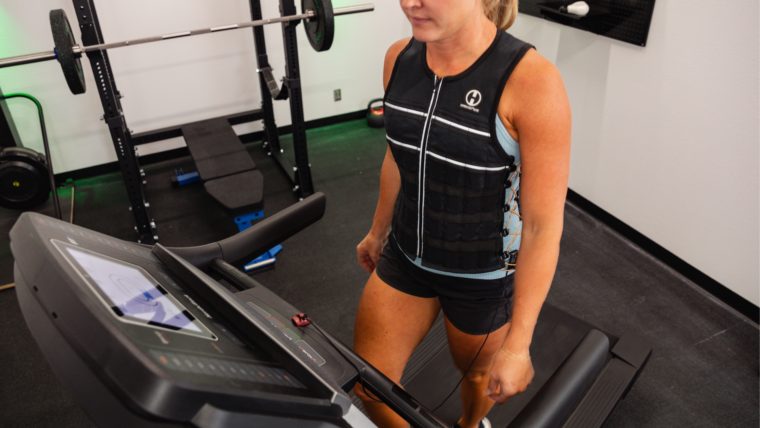
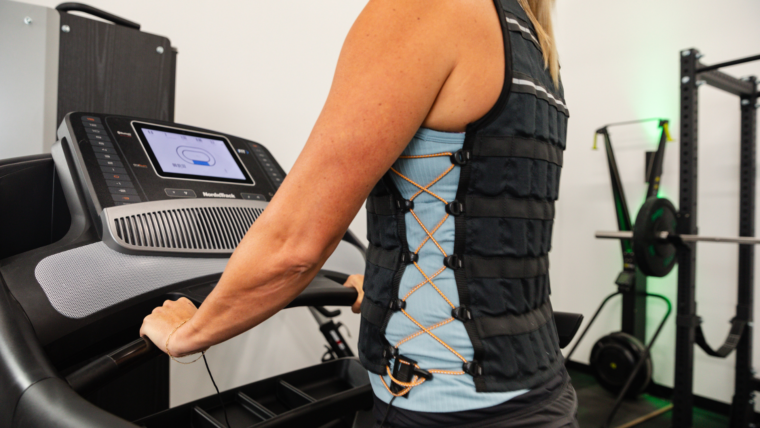
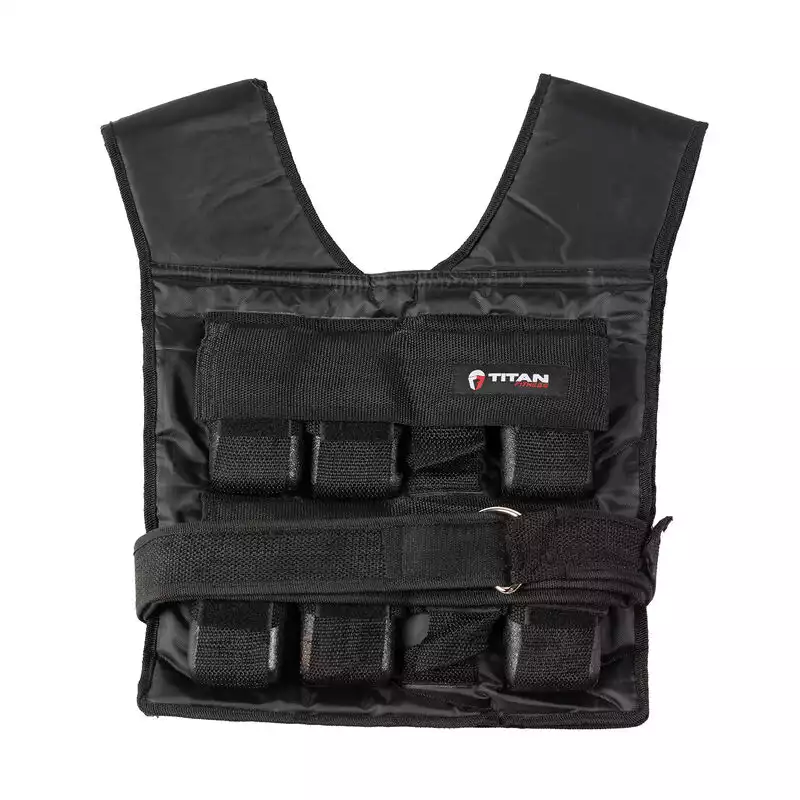
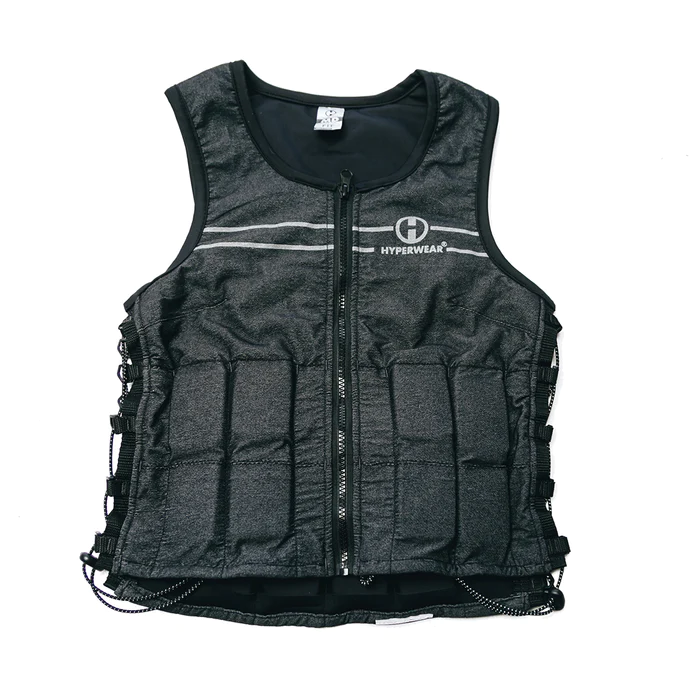
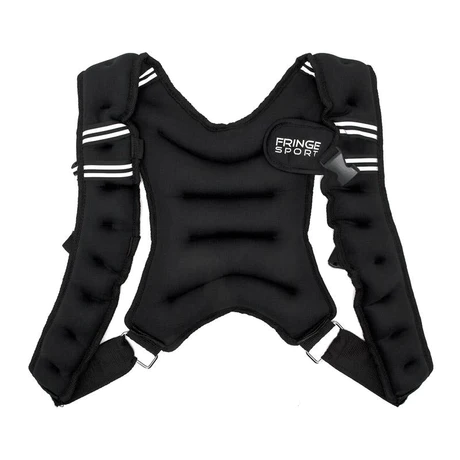

 For now classes are 6pm and 640pm at 2840 Wildwood st in the Boise Cloggers studio.
Book your class NOW!
click this ==>
For now classes are 6pm and 640pm at 2840 Wildwood st in the Boise Cloggers studio.
Book your class NOW!
click this ==>








